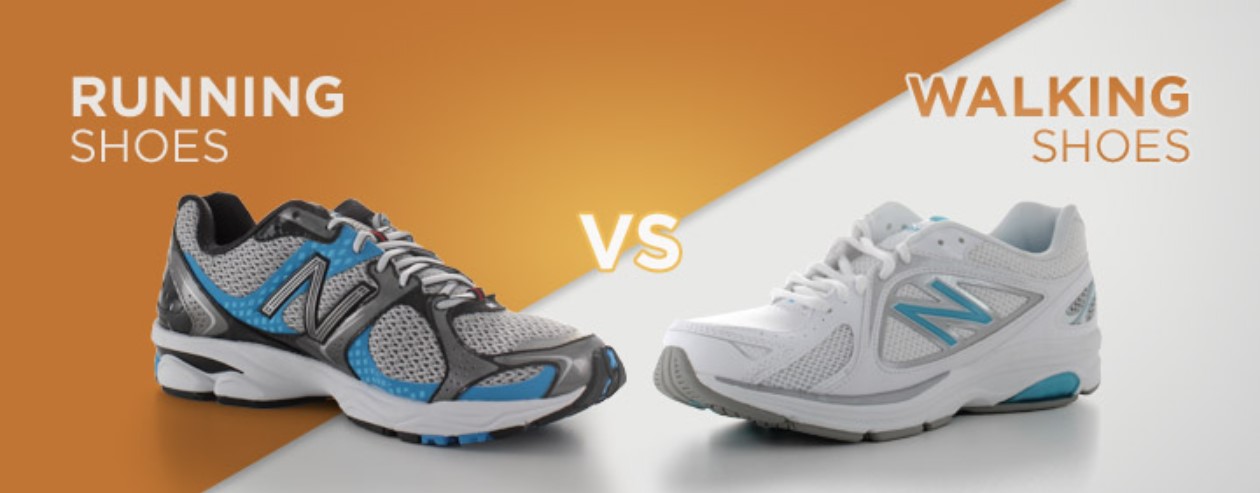The Difference Between Cross Training Shoes & Walking Sneakers
A cross training shoe’s main purpose is to be worn for a variety of sports. This includes walking, running, volleyball, basketball and even tennis. A good sneaker will combine many features from other sneakers so that they are perfect for many activities. On the other hand, a walking shoe is much simpler, and lacks many of the features that cross trainers have in order to work only for walking.
 Cushioning
Cushioning
The foot strike is the exact point in which your foot hits the ground when walking, running or playing sports. Runners have different foot strikes than non-runners. They tend to hit the ground on their heel, toe or midfoot, all depending on their personal running style. To cover people who do numerous activities, cross training shoes have extra padding throughout the entire sneaker. In contrast, walking sneakers are more rigid and only have cushioning in the heal area.
Soles
The soles for walking sneakers are a lot thinner than the soles for cross trainers. Multi-purpose sneakers have thick soles in order to combat any type of exercise the athlete might do. Walking is a low-impact sport, so walking sneaker’s soles can be thinner since they undergo less stress. Cross training shoes’ thick sole also act as a shock absorber. People who wear these sneakers are often in a variety of sports and running activities. They need shock absorption to keep their muscles strong. The soles of these sneakers are also wider, which helps provide lateral support for when you play basketball, volleyball or tennis. Some multi training soles even have extra traction on them so you can use your cleats when you go hiking.
Flexibility
Walking sneakers are more flexible than cross trainers simply because walkers need more flexibility in their cleats. While walking, your foot rolls forward and pushes off your toe. This requires flexibility in the sneaker so that your foot can move in a fluid motion. Cross training shoes are stiffer in order to be perfect for sports that are rougher on your foot such as running. These sneakers are still flexible enough to keep your foot stable, but they aren’t as flexible as walking sneakers. These shoes also are heavier and thicker so that they can provide adequate support and shock absorption for high impact sports.
Ankle Support
Sports that involve a lot of quick and calculated movements such as tennis or basketball require cleats that give you good ankle support. Without good support, you may get ankle injuries and could be stuck on the sidelines for weeks recovering. Many training shoes offer cushioned ankle support in order to reduce the risk of sprains and breaks. Walking sneakers do not offer a lot of ankle support since walking does not require much side to side movement.
Visitors Who Viewed This Post Also Viewed:
- Difference Between Cross-Trainers and Running Sneakers
- Difference Between Basketball Shoes and Cross Training Shoes


 Cushioning
Cushioning